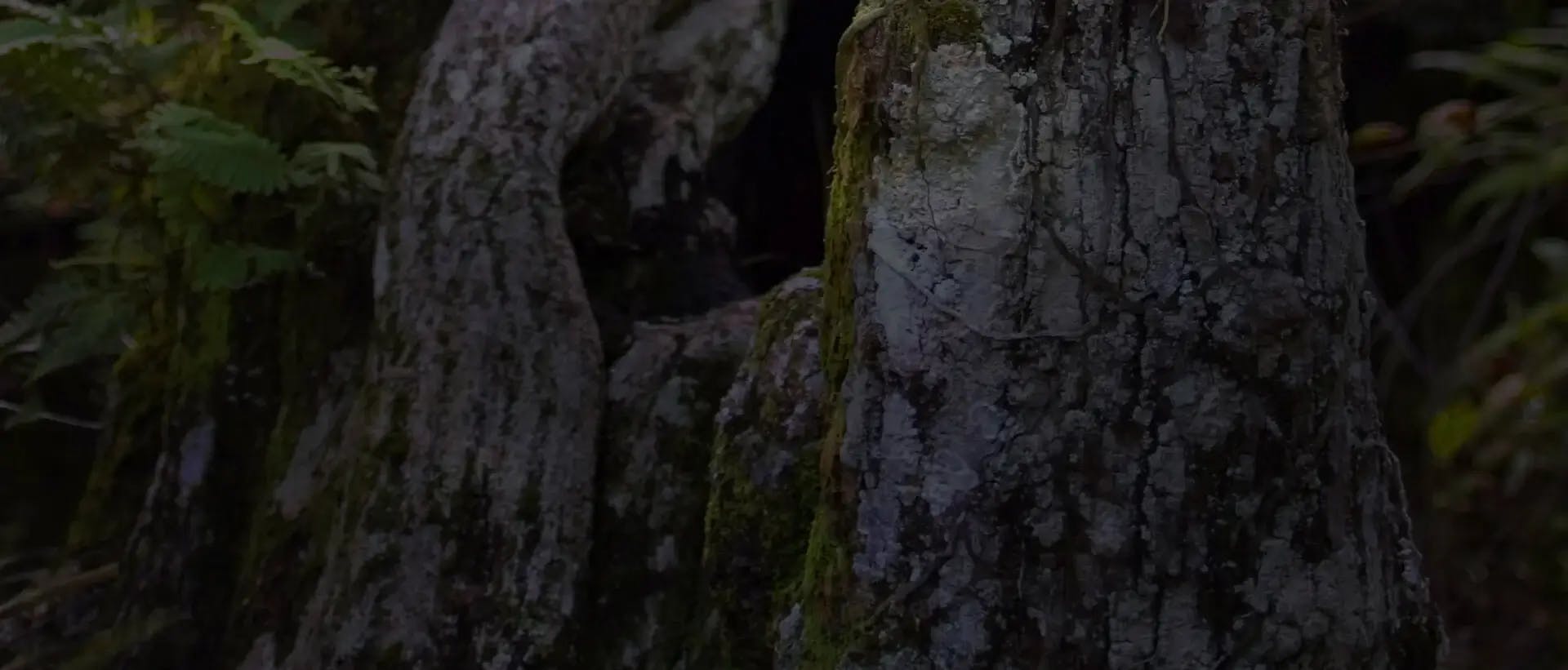Cuitlauzina pendula
LaLave & Lex. (1825)

Cuitlauzina pendula 'Coast Orchids', AM/AOS photo © Charles Rowden
The first description of this wonderful June and July-flowering plant as Cuitlauzina pendula by Canonigo Pablo de La Llave and Juan Martinez de Lexarca was published in 1825 in Novorum Vegetabilium Descriptiones, Orchidium Opusculum. The genus was named after Cuitlahuatzin, governor of Iztapalapa in Mexico. Throughout the literature and horticulture, there are many misspellings of the name. The spelling is correctly Cuitlauzina and not Cuitlanzina (after Lindley, probably just a printing or writing error) or Cuitlauzinia (as used by Reichenbach). The plant was most probably collected by Lexarca in the state of Michoacan in Mexico.

Cuitlauzina pendula 'Everglades Snow' HCC/AOS
Plants superficially resemble those of Odontoglossum with ovoid clustered, compressed dull or glossy green pseudobulbs carried on short rhizome internodes. Each pseudobulb is topped by 2 coriaceous, broadly tongue-shaped leaves and this superficial resemblance to Odontoglossum has resulted in several synonyms for this species. Plants are found in the Mexican states of Sinaloa, Jalisco and Michoacan between 1400 and 2200 meters (3500-7200 feet). There, plants grow epiphytically on the bark of trees in evergreen oak forests that experience seasonal changes in climate from a rainy season to a long dry period with no rain. During the cool, winter dry season, plants receive more light and, although there is no rain, they are bathed in humidity during the night (not less than 70% RH); the pseudobulbs shrink, but they do not shed leaves. Toward the end of the dry season, the young shoots start to emerge, and once they are an inch or two long, the long wiry inflorescences grow out of the still-folded young shoots. This is when the dry season ends and it begins to rain again. The inflorescences grow simultaneously with the new growths and the old pseudobulbs once again become hard and light green without any ribs.
Grow this species in the cool or cold house with winter night temperatures down to the low 40's F (short periods even lower may be tolerated depending on the balance of other conditions). Plants are best grown mounted or in baskets to accommodate their long, wiry, pendent inflorescences. One good grower recommends a potting mix consisting of one part each of perlite, medium charcoal and chunky peat moss to seven parts of equal medium and fine fir bark. During the growing season, keep the medium moist, watering every day if necessary. Once the growths are mature and winter approaches, dry out the plant while keeping humidity high and do not increase water until the young inflorescences are evident growing out of the new growth. After flowering until the new growths mature in the fall, plants should be fertilized regularly with a fertilizer formulation suitable for epiphytic orchids. When well-grown, each new growth will produce one to three inflorescences; each of which may be multibranched.

Cuitlauzina pendula 'Dottie', AM/AOS photo © Marcia Whitmore
R. McHatton, July 2009








